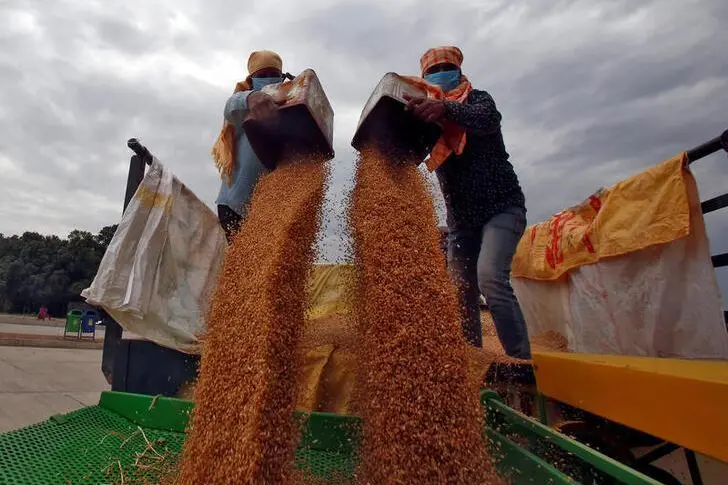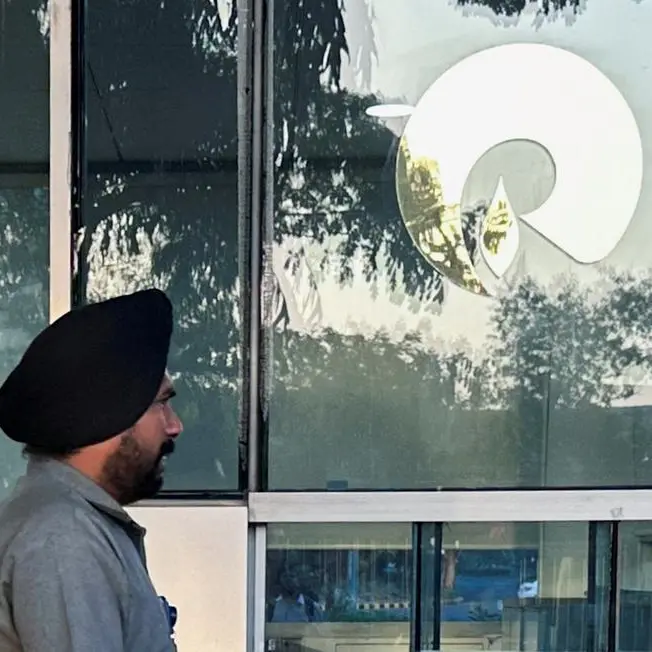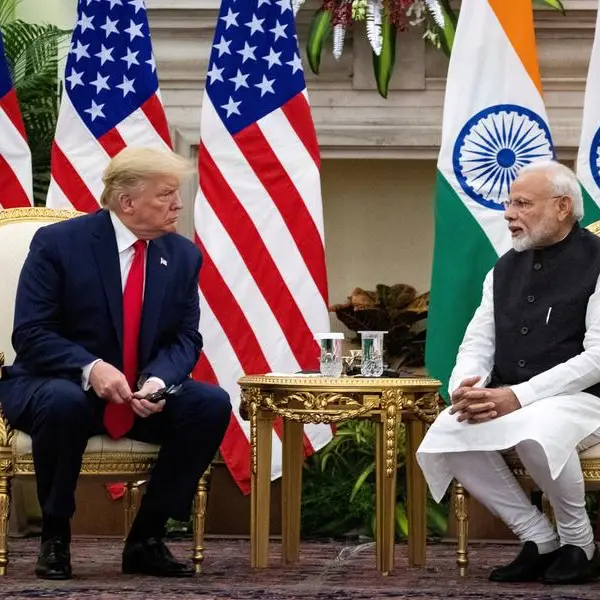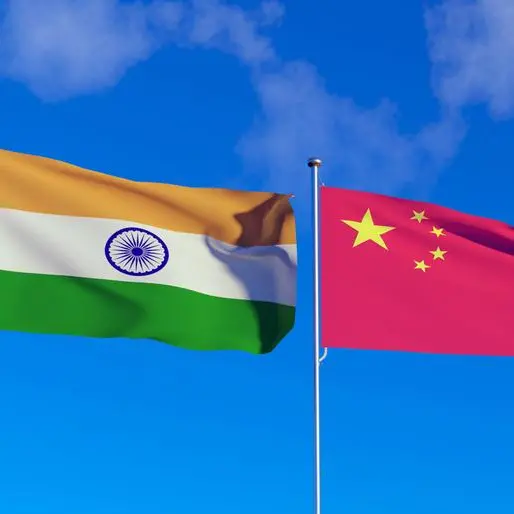PHOTO
NEW DELHI - Indian farmers have planted wheat on 8.6 million hectares since Oct. 1, when the current sowing season began, down nearly 5.5% from a year earlier, sources said on Friday.
The Ministry of Agriculture & Farmers' Welfare, which will keep updating the provisional crop sowing figures as it gathers more information from state governments, expects wheat area to go up in the next few weeks, the sources said.
The planting figures are also subject to revision depending on weather conditions.
Wheat planting is lower due to a delayed rice harvest, the sources said.
But higher prices would encourage farmers to bring in more area under wheat this year, trade and industry officials say.
In India, the world's biggest wheat producer after China, the staple is mainly produced in the northern states of Punjab, Haryana, Uttar Pradesh and the central state of Madhya Pradesh.
India grows only one wheat crop in a year, with planting in October and November, and harvests from March.
New Delhi was forced to ban wheat exports in May last year, after a sudden rise in temperatures in March cut crop yields.
Despite the ban, wheat prices have soared, prompting the government to release state reserves into the open market.
Sowing of rapeseed, the main winter-planted oilseed was almost unchanged at 6.9 million hectares.
Higher rapeseed output will help India, the world's biggest cooking oil importer, to cut expensive purchases of edible oils.
India annually spends more than $15 billion to import palm oil mainly from Indonesia, Malaysia and Thailand and soyoil and sunflower oil from Argentina, Brazil, Russia and Ukraine.
Policymakers have voiced concerns about India's higher vegetable oil import bill.
India's imports of palm oil and sunflower oil in the year to October 2023 surged by 24% and 54%, respectively, to record highs.
(Reporting by Mayank Bhardwaj; editing by David Evans)





















